This list of 10 ways to help struggling readers is a great one to bookmark or pin so you can quickly find it again! Since every child’s brain is different, every solution can be slightly different too. Having this list handy will make it easier to find a just right solution for ALL of the struggling readers in your class.
For more teaching tools, strategies and support, be sure to join the waitlist for my four work training called The Reading Roadmap! Request your invite RIGHT HERE.
Analyze Student Assessments
An important first step in helping struggling readers is figuring out what they already know in order to determine what to teach next.
It’s a lot like heading out on a road trip…
Before the GPS can tell you where to go, it needs to know where you’re starting.
And since assessments pinpoint where kids currently are in the reading process, they’re an important first step in determining how to help struggling readers too!
I pass along several powerful reading assessments inside The Reading Roadmap but, while you wait for enrollment to open up again, here’s a simple assessment you can use.
Once you give the assessment to each student, look for patterns and clues in the data.
Do any strengths or weaknesses jump out at you? Those might be clues about what you need to teach next. For instance,
- Does the child know all of her letter sounds?
- How many sight words does she recognize?
- When she reads a sight word, does she sound it out one letter at a time (“N-O-T”) or does she know it by heart (“not”)?
- Even if she isn’t able to read the ENTIRE word correctly, does she recognize the first letter sound in the word?
- Does she stop at that first sound and guess the rest of the word or does she continue sounding out the remaining letters?
Build Up Foundation Skills
Some struggling readers didn’t develop a strong foundation of pre-reading skills the first time around so it’s critical to go back and reteach them.
The 4 pre-reading skills students need are:
- Phonological awareness – being able to hear the sounds in words
- Letter recognition – identifying the name and sound of letters
- Print awareness – knowing how to read a book and understanding that letters make words
- Motivation – having interest in learning how to read
We’ll dive deeply into each pre-reading skill inside The Reading Roadmap so that you know how to assess and teach them but, for now, let’s take a 30,000 foot view of them so you have the big picture…
Develop Phonological Awareness
Has this happened to you too??
The sounds mysteriously disappear–>
“S – U – N. Stop?”
I’ve definitely had students struggle with that over the years!
It’s tempting to think the child needs more practice with letter sounds but, actually, she needs to work on phonemic awareness.
And my very *favorite* way to teach phonemic awareness is with sound boxes!
The cards focus on SOUNDS, not letters. So in the word “hay”, for example, there are two sounds: H and AY.
The word “bee” has two sounds too: B and EE.
But the word “rain” has three sounds: R – AI – N.
Although it may feel like focusing on sounds instead of letters is a step backwards, the activity is actually training students’ brains to hear the individual parts in words which is a skill they absolutely must have in order to be strong readers.
Practice Print Awareness
As I mentioned up top, print awareness just means knowing how to read a book: reading left to right across the page, knowing the difference between a letter and a word, etc.
It makes sense, then, that when we help struggling readers, it’s important to practice print awareness so that they understand what they’re actually supposed to be doing when they read.
My favorite way to teach kids the ins and outs of print awareness is to think out loud.
Just like the name suggests, when I’m thinking out loud, I SAY all of the things that I normally THINK.
For instance, when I open to the first page of a book, I explain that readers always start sounding out the word in the upper lefthand corner of the page so that’s where I’m going to begin too.
Then I point to that first word and sound it out.
(You can see a video of me modeling the think out loud strategy inside The Reading Roadmap.)
Practice Letter Recognition
Trying to read when you know just some of the letters is like trying to bake a cake without all of the ingredients…
Kids must have the ABCs down pat.
And practicing letter recognition is especially important when we help struggling readers!
Thankfully, there are so many fun (and surprisingly simple!) ways to tackle letter names and sounds. I pass along my favorite print-and-play and digital alphabet games inside The Reading Roadmap.
Use Multi-Sensory Teaching
Speaking of making learning fun, one go-to way to help struggling readers is to make activities multi-sensory so that they are making connections between SEVERAL parts of their brain at once…
For instance, to teach kids’ letter sounds, I use a combination of body movement, visual cues and spoken words. It activates all kinds of brain connections!
How do I do it? I teach students a special alphabet chant. (It’s one of the teaching tools you get inside The Reading Roadmap!)
Every day we learn 4 new letter names and sounds. Starting with A and moving along in ABC order, I teach my class the name of the letter, the sound it makes and a word that start with that sound.
For instance, we would say, “A is for apple /a/ /a/ /a/.
B is for baby /b/ /b/ /b/.”
Each letter has a matching card I hold up so students activate VISUAL learning…
It has a coordinating action like pretending to bite into an apple or rubbing our eyes like a crying baby so they learn KINESTHETICALLY…
AND the chant includes plenty of sound so students experience AUDITORY learning too.
The multi-sensory chant is great for all of the students but it’s especially valuable for those struggling readers who are filling in holes and catching up with their peers.
Go Slowly
When a student is falling behind, it can be tempting to try to pick up the pace and cover a lot of information quickly.
But for many struggling readers, it’s important to keep them from getting overwhelmed.
That’s why I focus on one skill at a time (digraphs, for example) and teach it DEEPLY.
I explain the phonics rule, help kids brainstorm words with that spelling pattern, and play as many games as possible to make practice fun.
Then, when children show mastery and increased confidence after a few weeks of practice, I move on to the next strategy, making sure to keep the first skill fresh by periodically circling back to review it.
Pre-teach
When I know students are going to struggle with a text, I like to pre-teach.
I write down the words on separate sentence strips or use pocket chart cards to introduce specific words.
In the example above, we might focus on the word CAN. We’ll read CAN out loud together and spend a few minutes talking about it. I might ask:
- How many letters does it have?
- What is the first sound it makes?
- What is another word that has that same beginning sound?
- What shape does my mouth make when I make the “A” sound? Can you make your mouth look the same way?
- What does CAN mean?
- Who can use the word CAN in a sentence?
Then we look through our fluency passages and emergent reader books coloring all of the CAN words so we recognize them when we read them later.
Read. A LOT.
This probably seems like a no brainer but as the old saying goes, “Practice makes perfect.” The more students read, the better they get.
That’s why I have students read books at their “just right” reading level as often as possible – readers at DRA level B need to practice reading DRA level B books, for instance.
Since classes often have multiple reading levels in one room, it’s helpful to have a big collection of emergent reader books and fluency passages on hand so you can give each child what she needs. That’s why I’ll give you DOZENS of them inside The Reading Roadmap!
Quick Check Up
If I haven’t already ruled out any visual, hearing and speech difficulties that might be preventing students from seeing, hearing or saying the words they read correctly, I make sure to observe them while they read to see if something else might be getting in the way.
If kids are squinting, for example, it’s possible that they need glasses.
Or if they continually struggle to hear individual sounds in words, they might need hearing aids.
If I’m concerned, I always reach out to the child’s family so they can schedule a check up with their doctor.
Build Confidence
When I help struggling readers, I often find that they need help building confidence. Simply put, many children don’t like to read because they think they just aren’t good at it.
The fastest (and simplest!) way I’ve found to build children’s confidence is to call them “readers”. For instance, I’ll say, “First grade readers, please line up at the door for recess” or, “Superstar readers, it’s time to put away your books please.”
I also point out students’ reading success with quick compliments: “I like the way you pointed underneath each word that you read” or “You did a wonderful job looking at the first letter of that word to figure out what it said.”
Just like a meditation CD repeats the same mantra over and over again, calling students “readers” every chance I get helps them internalize it and believe that it’s true…
And building their confidence naturally builds their motivation!
Motivate
Speaking of motivation, since struggling readers need to practice to get better, it’s especially important that we make reading engaging and fun for them.
I like to read funny early reader books like the Elephant and Piggie series or Jan Thomas’ “What Will Fat Cat Sit On?” so students see reading as entertainment instead of work.
And I love to challenge them to read in out-of-the-box places like their bathtub or under the bed!
You can try out one of the reading Bingo sheets I use to make reading fun right here. It’s a great preview of the teaching tools you’ll get inside The Reading Roadmap!
Take Your Teaching to the Next Level
This is just the beginning! If you need a ready-to-deploy system you can use to get bigger, faster teaching results, make sure to join The Reading Roadmap waitlist so you can get everything you need in one spot.


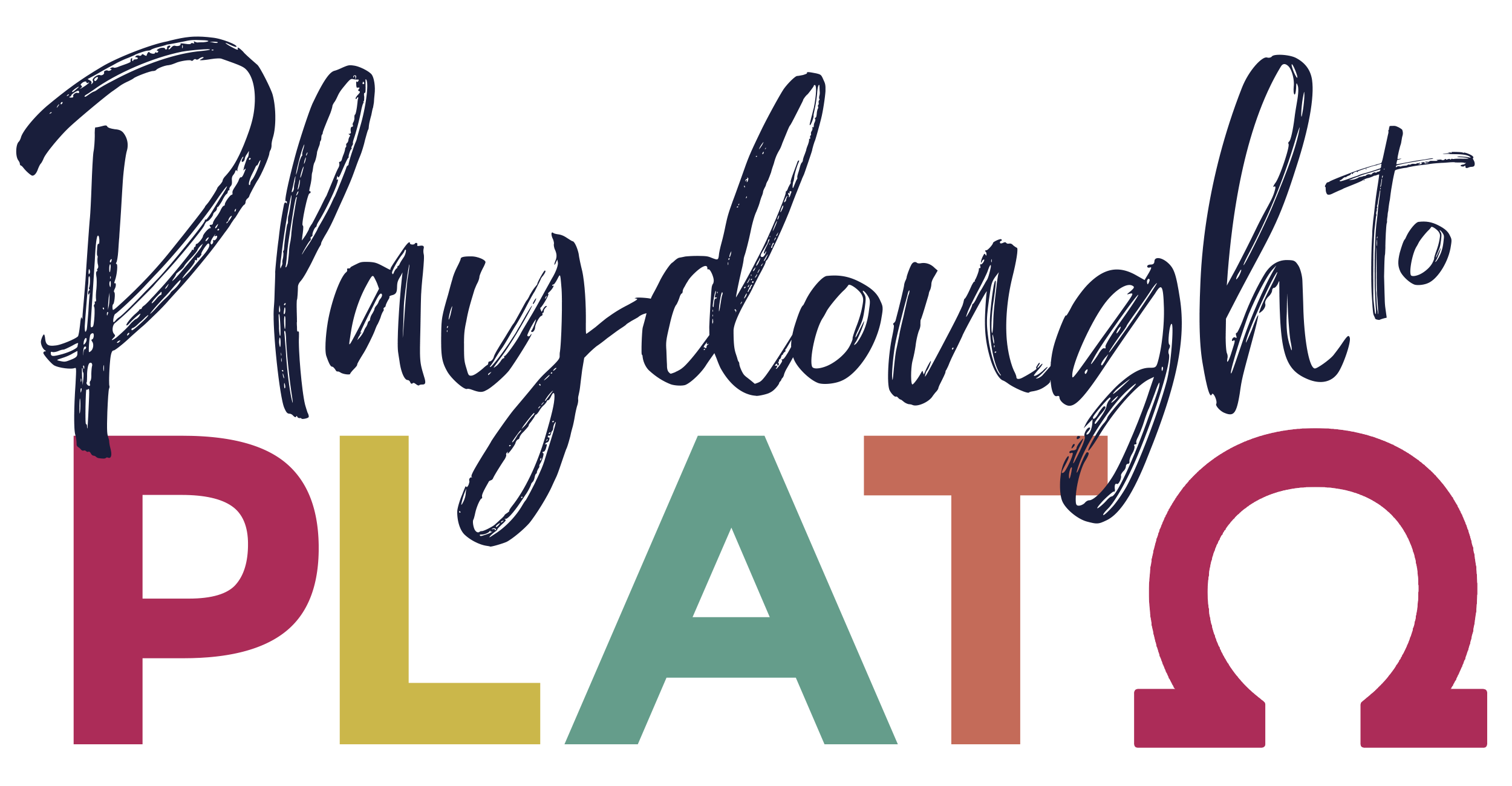
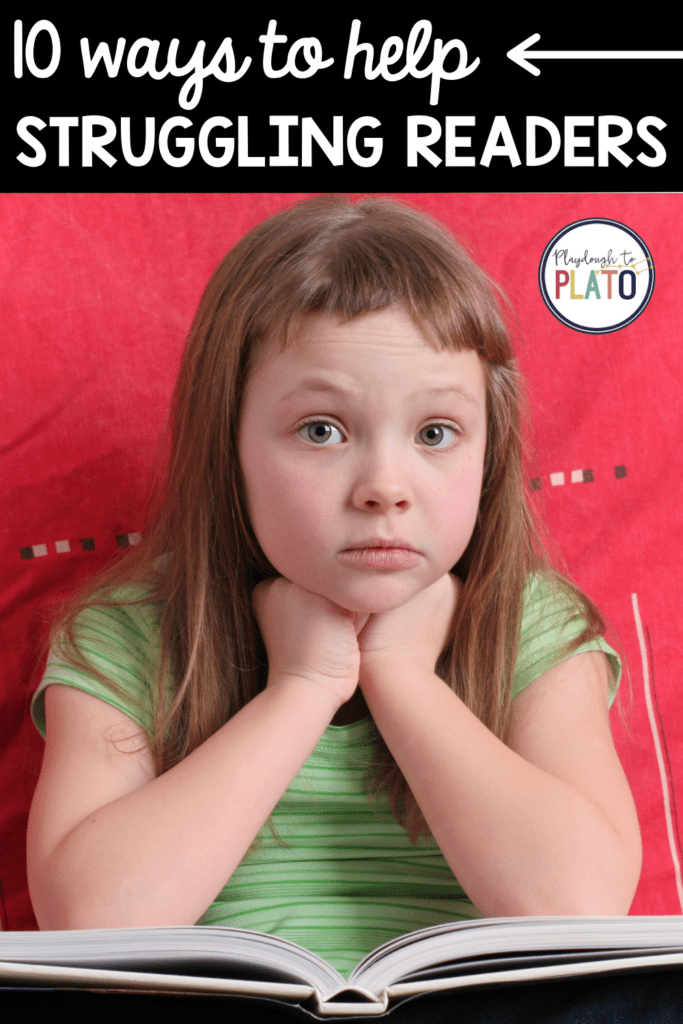
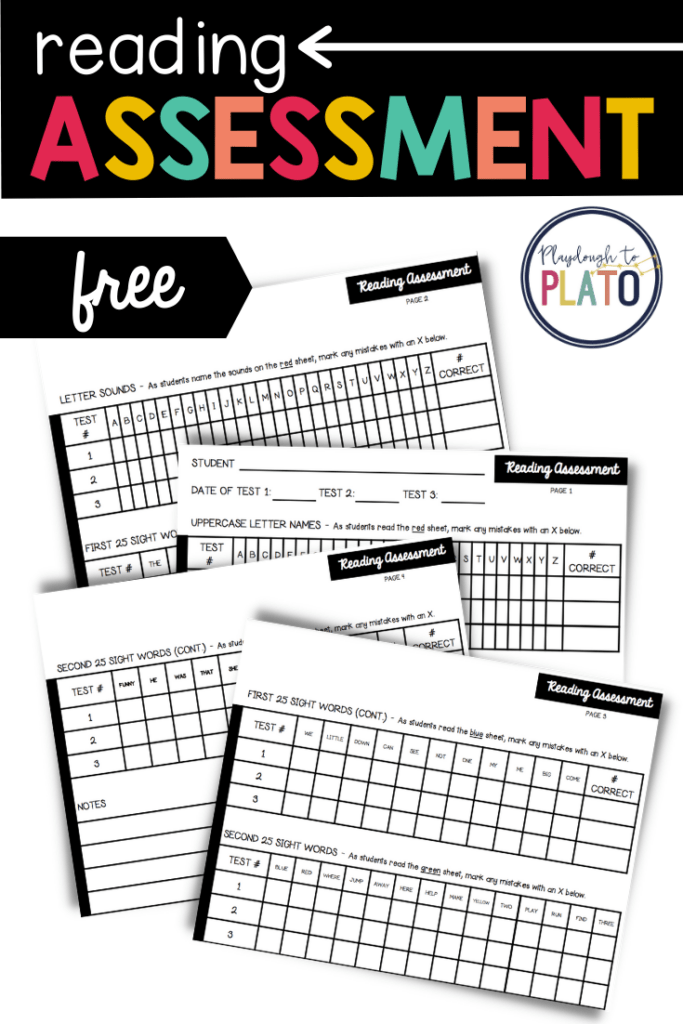
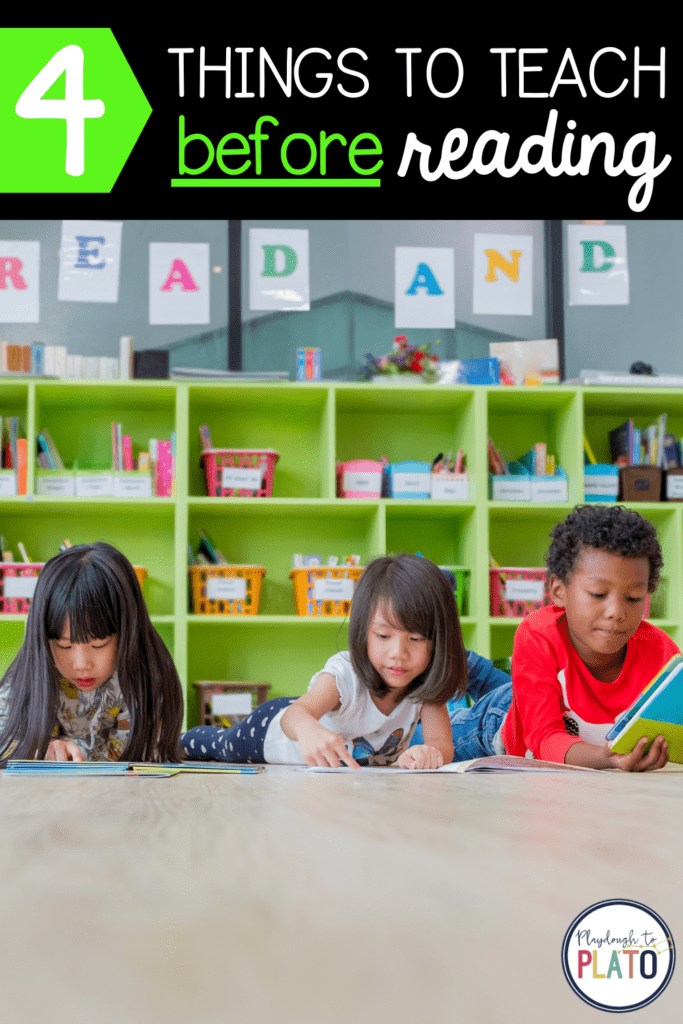
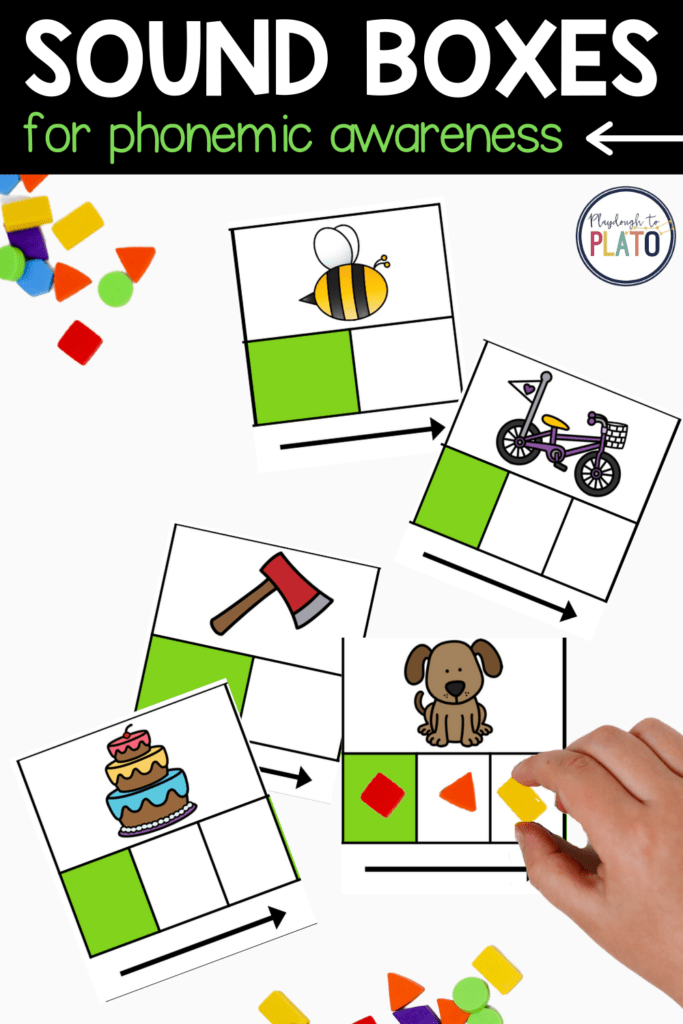
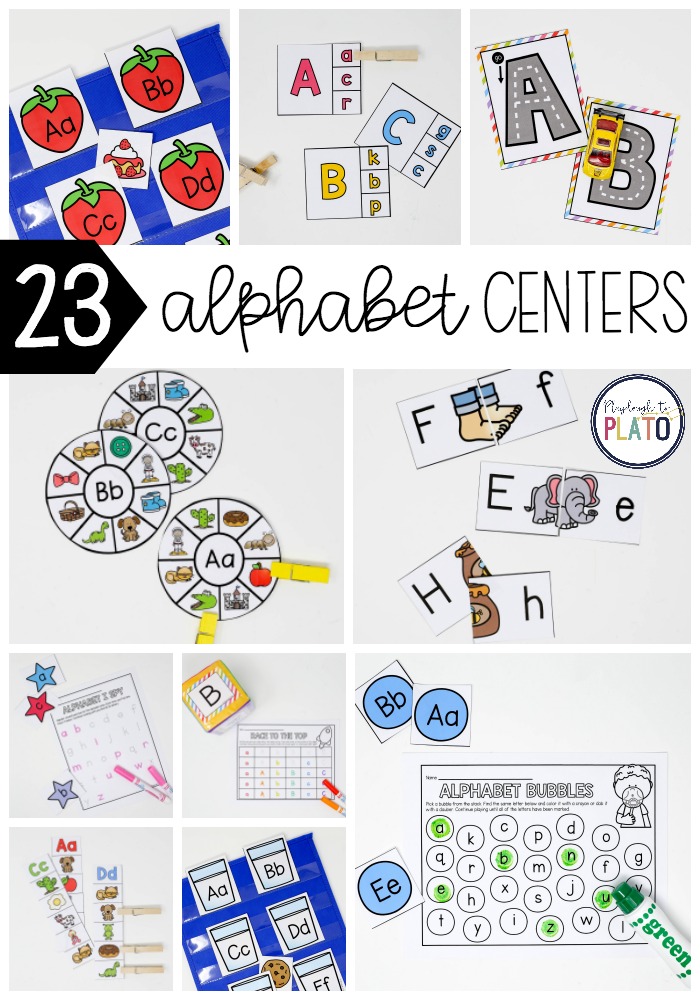
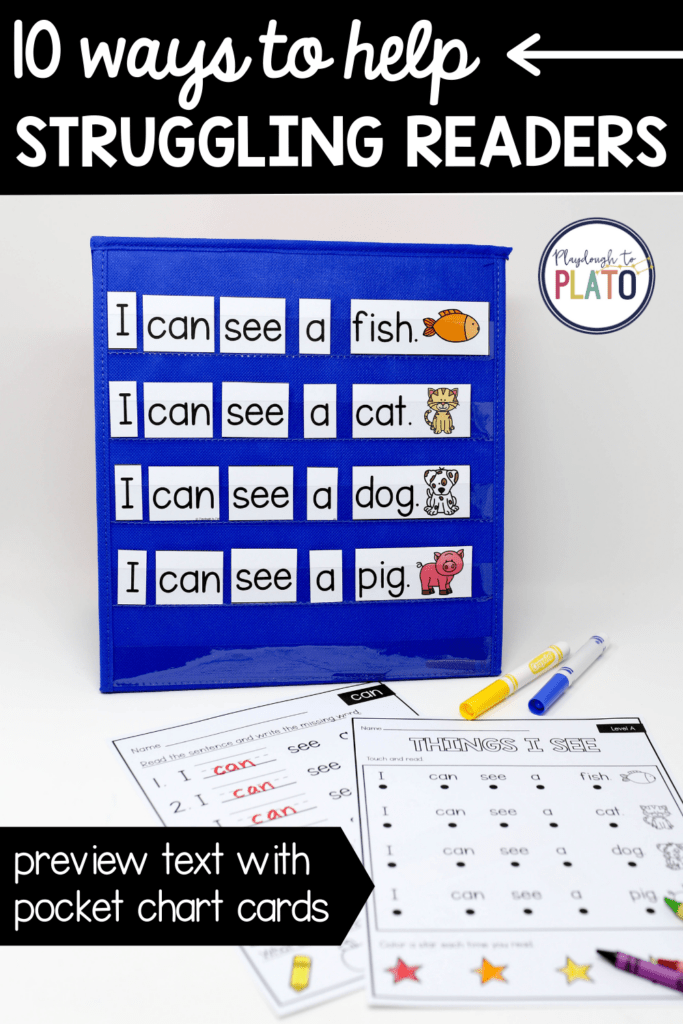
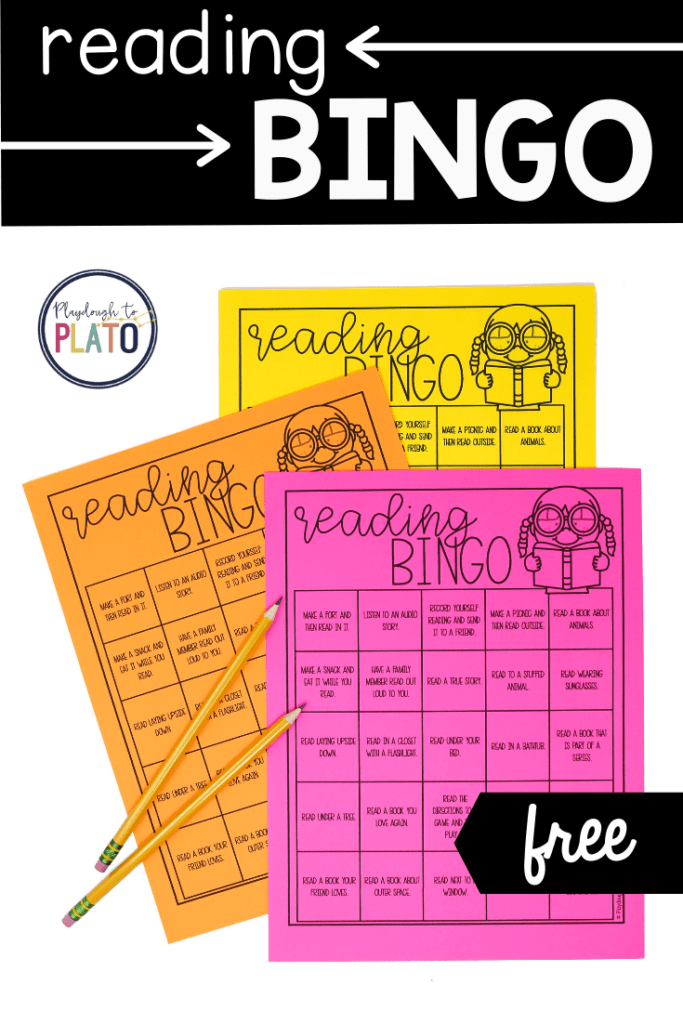
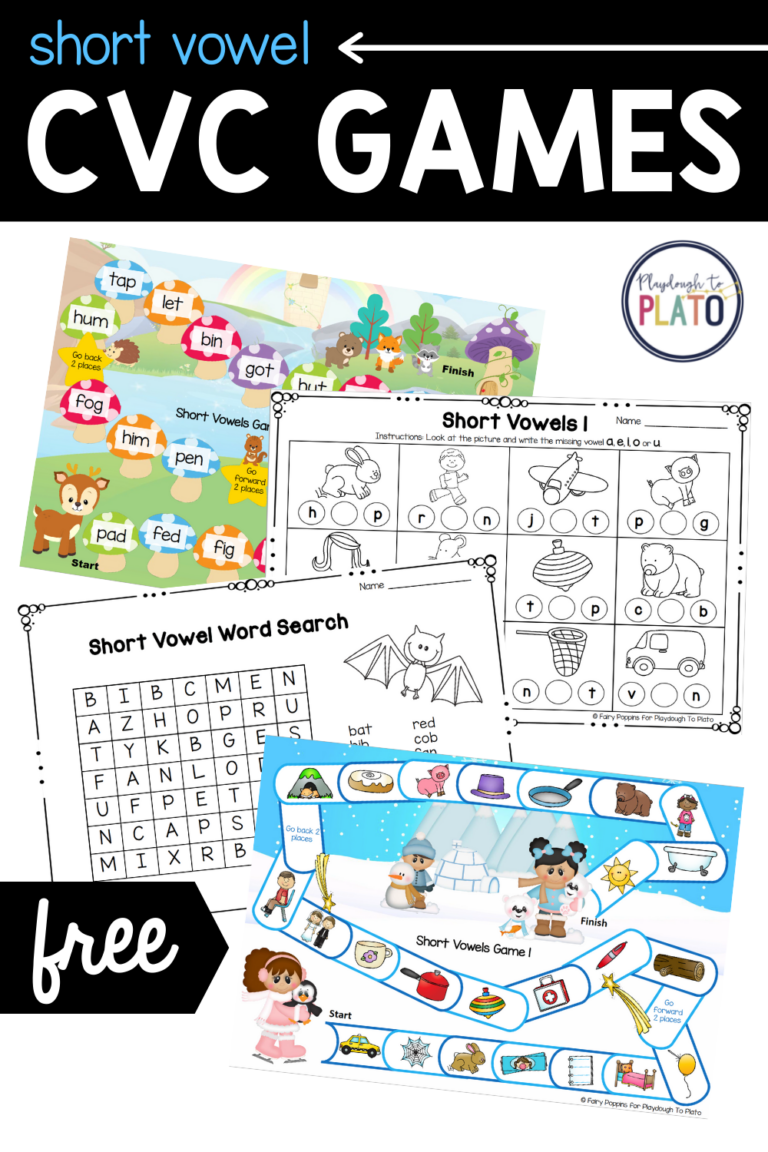
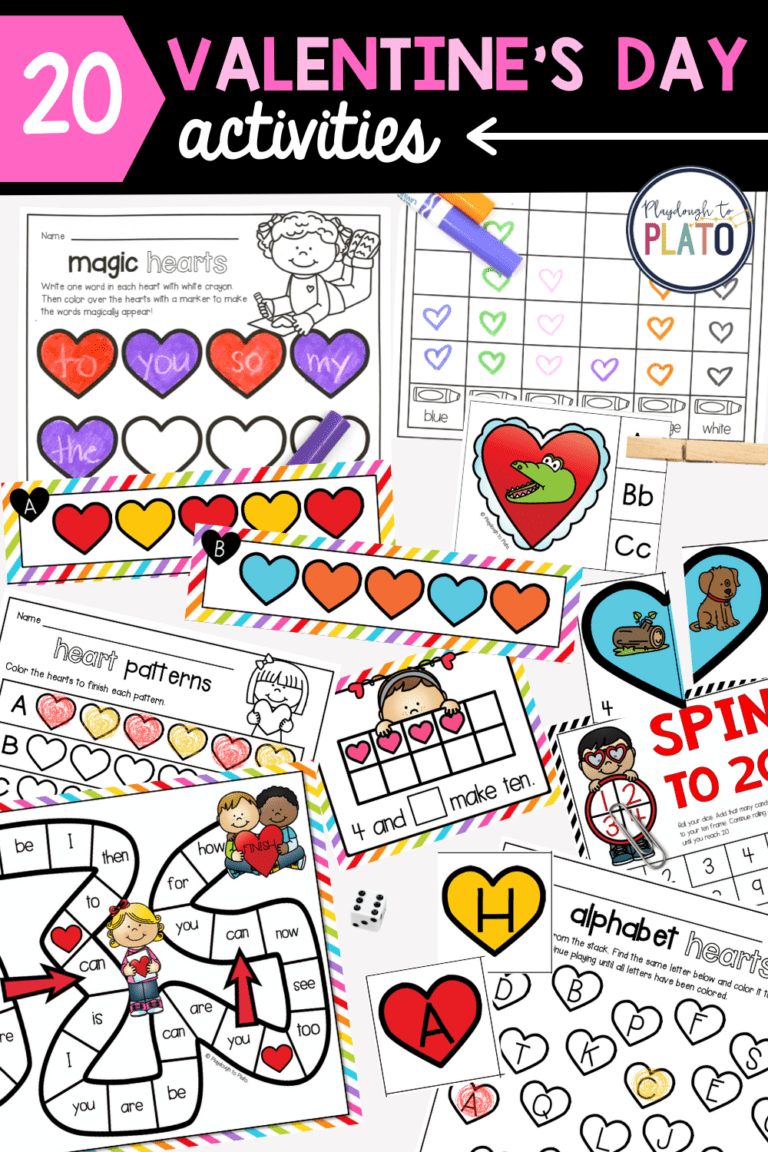
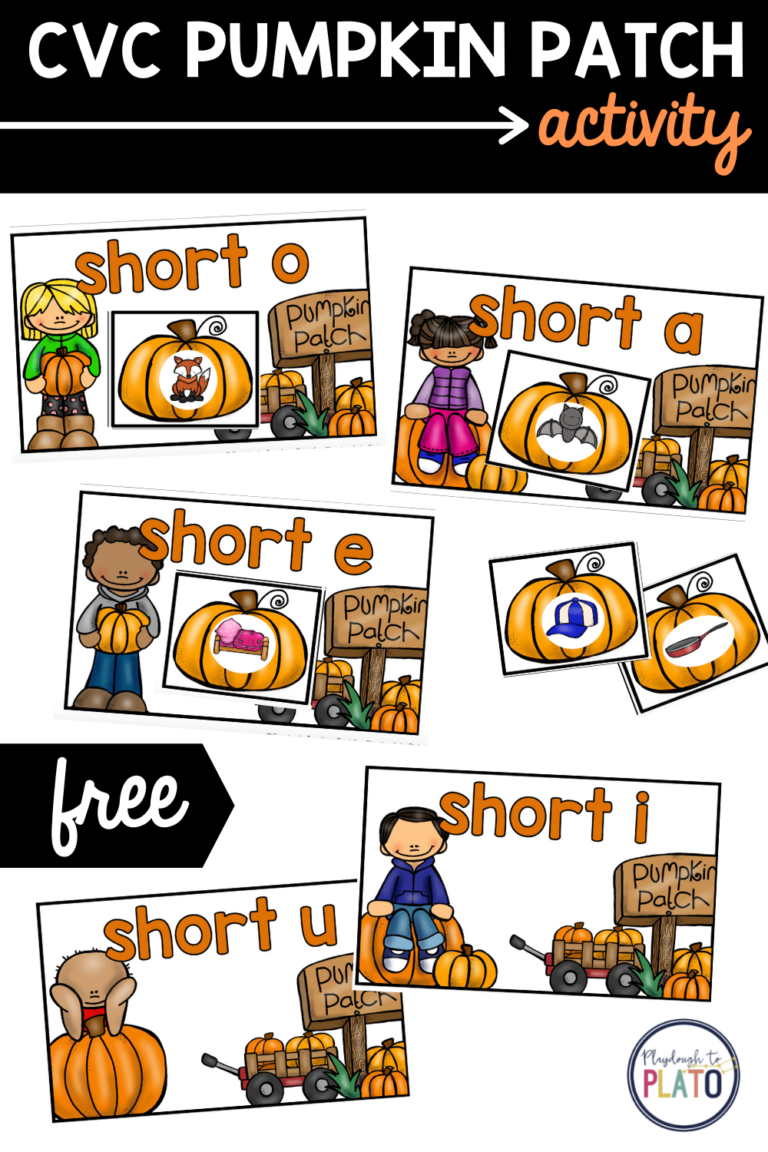
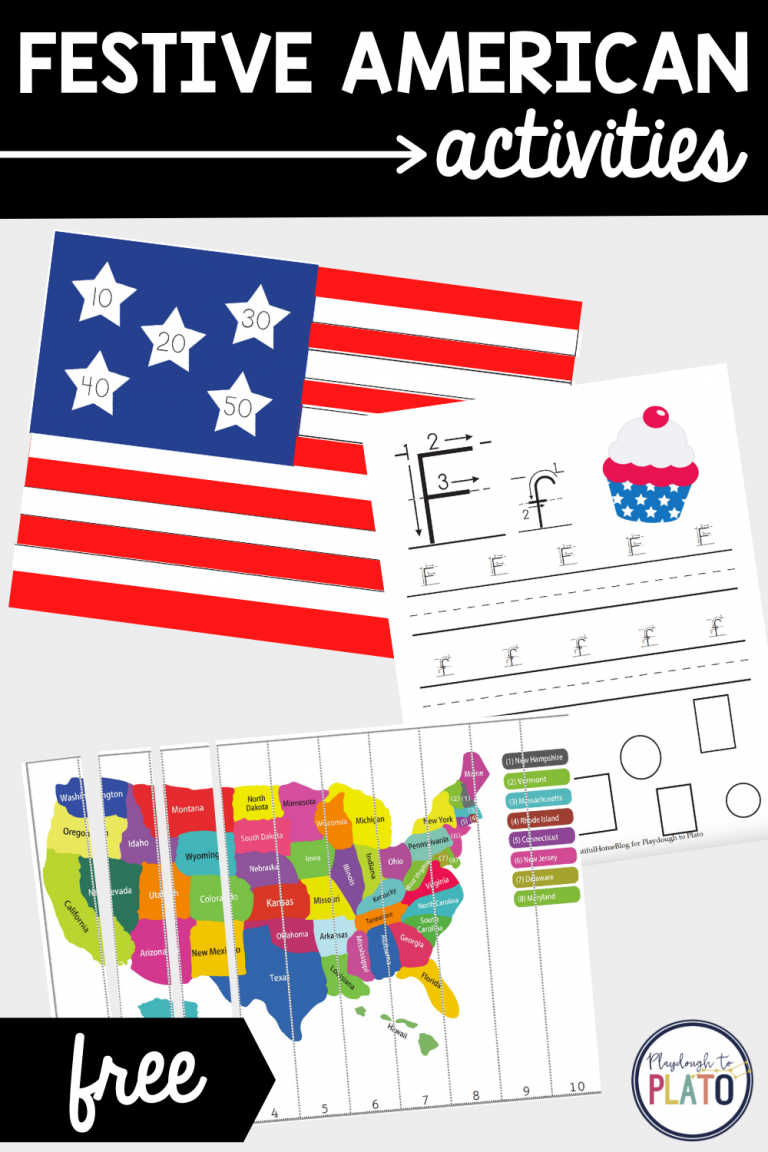
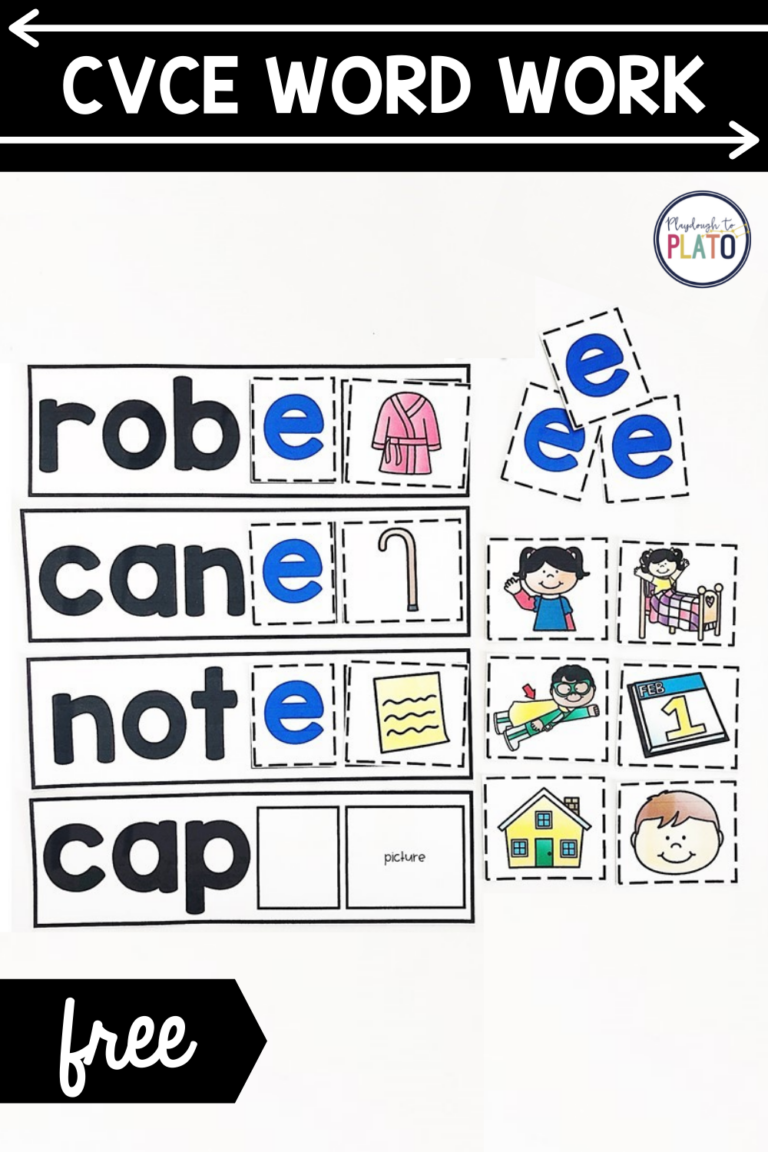
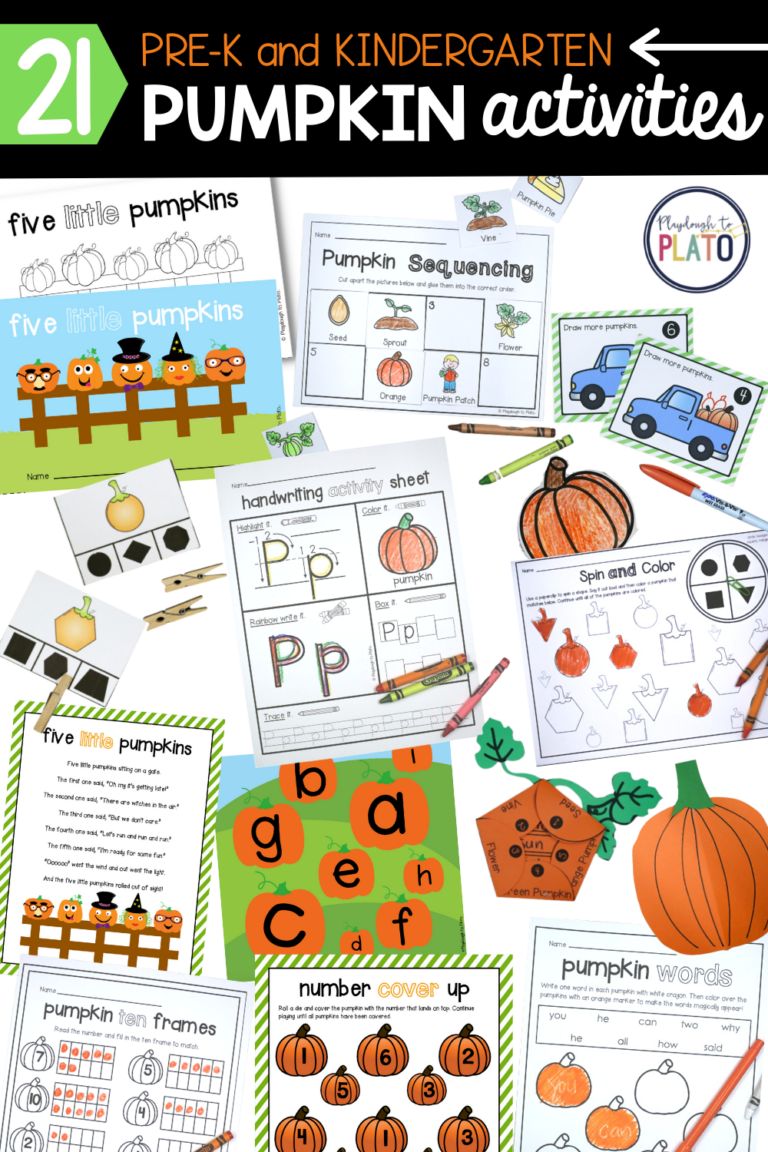
great site – great ideas- great help – thank you!!!!!!!!!!!!!!!!!
We’re so glad you enjoyed it!
Have a lovely week!
Warmly,
Ashley // Happiness Ambassador
I found it helpful that you mentioned how your child’s reading skills will improve depending on how often they practice reading. My son mentioned that he would like to learn how to read small books before he starts attending kindergarten next year, and I need to find some interesting books for him since we don’t live very close to any libraries. I wonder if buying a few books would encourage him to read regularly.
Great ideas!
Do you have anything for struggling spellers (older children, 3rd-4th)?
Hi Yael,
Yes! My go-to starting point for older children who are struggling with spelling is to assess their pre-reading skills, letter sounds and phonics including digraphs, blends and diphthongs. (I pass along the assessment I use inside The Reading Roadmap but you can use your own assessment too!)
In most cases, I find that struggling spellers have holes in their foundation so they need very explicit instruction on specific skills. For instance, they may not have mastered a handful of letter sounds or they may not know how to spell the /oo/ sound or the /oi/ sound.
Once I focus on each of the skills they’re missing in their toolbox and they have the chance to practice as much as they need to really master it, I’ve seen huge improvement.
It’s important to note that students who continue to struggle even after receiving focused instruction may have other learning needs like dyslexia or dysgraphia so I highly recommend reaching out to your school’s learning specialist to collaborate on appropriate next steps.
I hope that helps! 🙂
100%, Eli! Buying books is a wonderful way to build students’ motivation to read.
Can you buy the entire package cheaper?
Hi Rebecca! Are you wondering about the entire package of reading assessments? If so, that entire package is part of The Reading Roadmap! I just added you to the invite list for that, YAY! So when the doors open for The Reading Roadmap again you can snag your spot and get them as part of your membership! ?
Warmly,
Kaylee // Playdough to Plato Team
I would like an invite, please.
Hi Rebecca! I am SO happy you want on that invite list! I will get you added right now!
Warmly,
Kaylee // Playdough to Plato Team
I would like an invite, please.
Hi Clara,
I’m happy to help get you signed up! If you follow this link, you can join the waitlist!
–>https://playdoughtoplato.lpages.co/the-reading-roadmap-waitlist-october-2023/
Warmly,
Sarah // Playdough to Plato Team